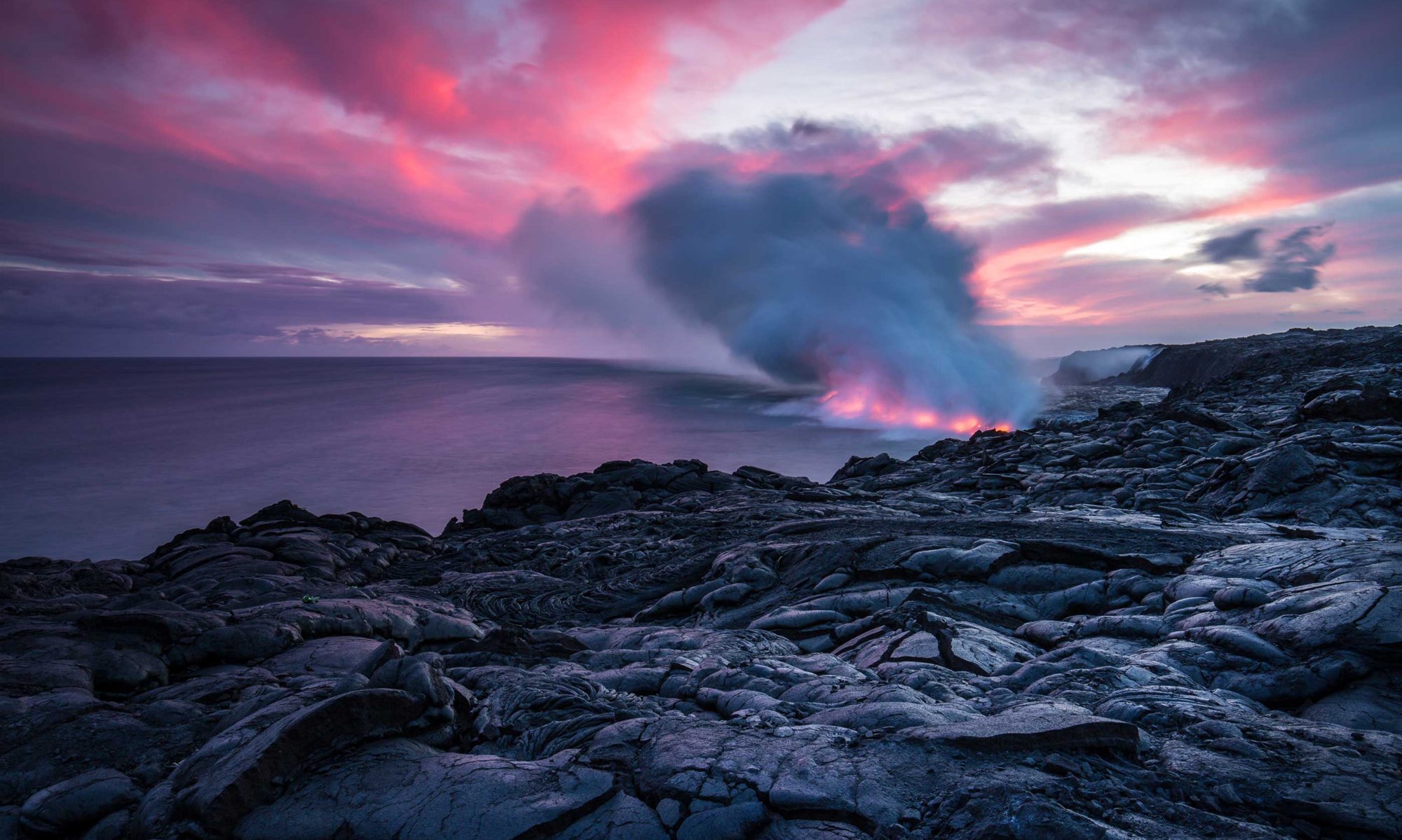Warmer waters are flowing towards the East Antarctic ice sheet, according to alarming new research which reveals a potential new driver of global sea-level rise.
Continue reading “Warm waters rushing towards Antarctica”Balloon fleet senses earthquakes
A new study in AGU’s Geophysical Research Letters reports on the first detection of a large, distant earthquake in a network of balloon-bound pressure sensors in the Earth’s stratosphere.
Continue reading “Balloon fleet senses earthquakes”Antarctica’s volcanoes
Scientists are concerned that a potential volcanic eruption beneath Antarctica could lead to major global sea level rise. Beneath Antarctica’s ice sheet lie more than 100 volcanoes.
Continue reading “Antarctica’s volcanoes”Desert regions to inform climate change
It is apparent that more climate extremes are occurring. Earlier snowmelts in high-altitude regions, severe forest fires and rain pulses followed by dry periods are becoming the norm.
Continue reading “Desert regions to inform climate change”Antarctic ice sheet study
Antarctica will be the largest source of future rise in sea level yet scientists know little about how this will unfold. New research shows how the Antarctic ice sheet advanced and retreated over the past 10,000 years.
Continue reading “Antarctic ice sheet study”Alarming Greenland ice melt
Several days of unusually warm weather in northern Greenland have triggered rapid melting, made apparent by the rivers of meltwater rushing into the ocean. Temperatures are around 60 degrees Fahrenheit – 10 degrees warmer than normal for this time of year.
Continue reading “Alarming Greenland ice melt”Earth’s crust is dripping under the Andes
In South America, beneath the Andes mountains, the Earth’s crust is dripping into the planet’s interior. This has been occurring for millions of years-a long geological process that has produced visible wrinkling and other features on the surface.
Continue reading “Earth’s crust is dripping under the Andes”Super-hydrous magmas
New research shows that colliding continental plates may draw down more water than previously thought. The results could explain the explosiveness of some volcanic eruptions, as well as the distribution of ore deposits such as copper, silver and gold.
Continue reading “Super-hydrous magmas”Earth’s core is shifting
The Earth’s solid inner core spins at a slightly different rate than the rest of the planet. Research from about 20 years ago showed that it rotates a tiny bit faster, moving ahead of the rest of the planet by about a degree per year, which meant that it would lap the outer part of the planet’s rotation every 360 years or so. This is referred to as superrotation. New research shows that the core can speed up and slow down how fast it spins.
Continue reading “Earth’s core is shifting”What triggered the last ice age?
About 100,000 years ago, the Northern Hemisphere climate plunged into a deep freeze that allowed massive ice sheets to form. Over a period of about 10,000 years, local mountain glaciers grew and formed large ice sheets covering much of today’s Canada, northern Europe and Siberia.
Continue reading “What triggered the last ice age?”
